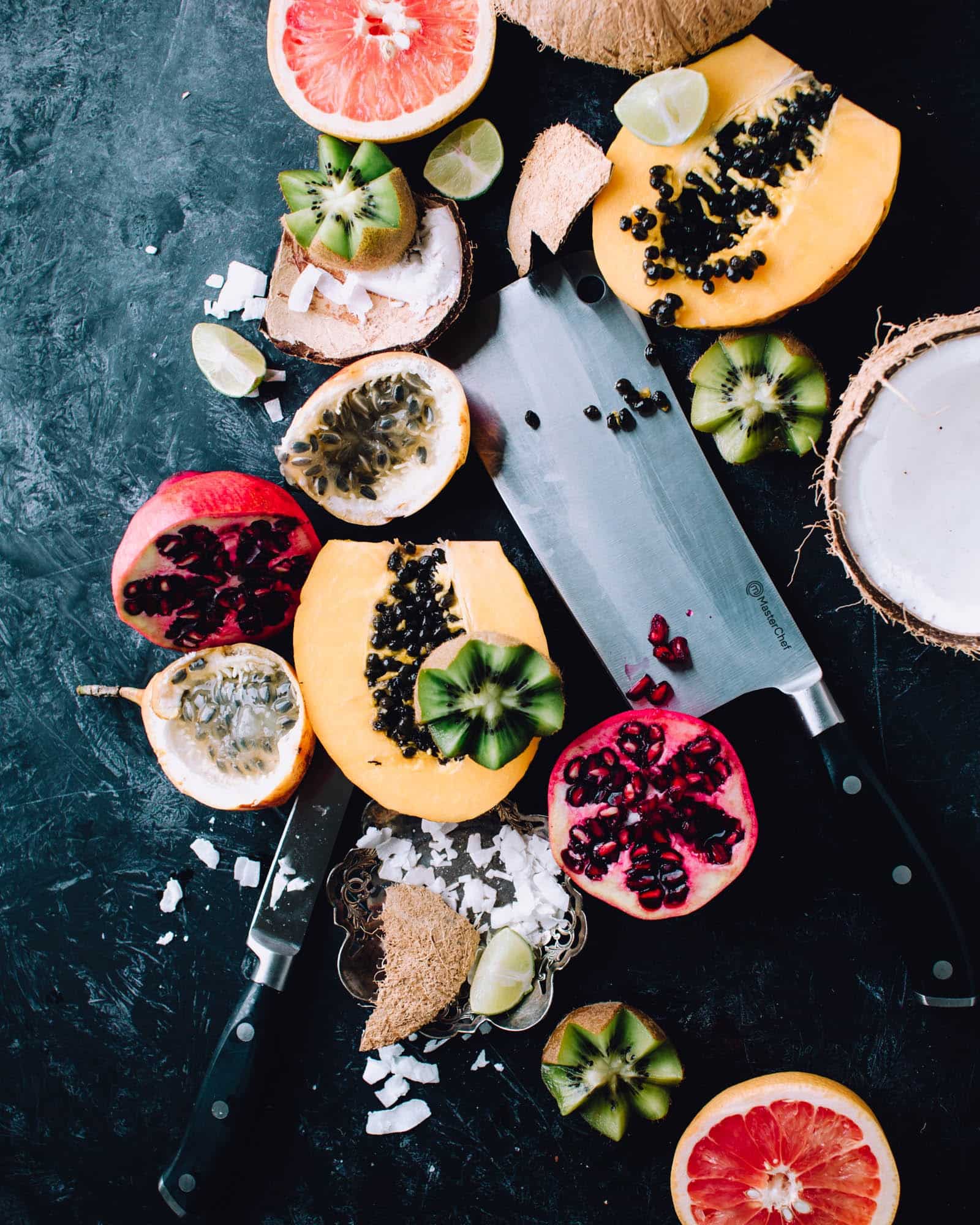Blitz News Digest
Stay updated with the latest trends and insights.
Snap, Sizzle, Smile: Captivating Food Photos That Pop
Unleash your inner foodie! Discover tips for capturing mouthwatering food photos that dazzle and delight—turn your snaps into works of art!
5 Tips to Capture Stunning Food Photography
1. Use Natural Light
When it comes to food photography, lighting is crucial. Always try to shoot in natural light whenever possible. Avoid harsh midday sunlight; instead, aim for the soft, diffused light during the golden hour or near windows with sheer curtains. This will enhance the colors of your food and create a more appetizing image.
2. Pay Attention to Composition
Composition plays a significant role in capturing stunning food photography. Use the rule of thirds by dividing your frame into a 3x3 grid and placing your subject off-center. Experiment with different angles, such as overhead or 45-degree shots, to find the most appealing perspective for your dishes. Don’t forget to include props that complement your food, adding depth and context to the image.

The Art of Styling: How to Make Your Dishes Pop in Photos
When it comes to food photography, the art of styling is essential for making your dishes truly stand out. A well-styled plate can transform ordinary meals into culinary masterpieces. Start by considering the color palette of your ingredients. Use contrasting colors to create visual interest; for instance, pairing vibrant green herbs with warm, roasted vegetables not only makes the dish appealing but also highlights the freshness of the ingredients. Additionally, consider the composition of your plate. Utilize rules such as the rule of thirds to create balance, and don't shy away from adding garnishes that enhance not just flavor but also aesthetic appeal.
Lighting plays a crucial role in showcasing your food styling. Natural light is often the best choice, as it brings out the true colors of your ingredients. Position the dish near a window to capture soft, diffused light that accents the textures and gloss of the food. When shooting, remember to experiment with various angles—overhead shots can work wonders for flat dishes, while side views often highlight layers and depth. Finally, don't underestimate the power of props; using vintage cutlery, textured tablecloths, or simple decorative elements can elevate your food and make it pop even more in photos. In the end, mastering the art of styling will ensure that your dishes not only taste amazing but also look stunning!
What Equipment Do You Really Need for Captivating Food Shots?
Capturing captivating food shots requires a combination of the right equipment and a keen eye for detail. At the heart of your setup, a decent camera is essential—while a DSLR or mirrorless camera is ideal, many modern smartphones can also produce stunning results with their advanced camera technologies. Pair your camera with a versatile lens that allows for close-ups and wide shots, such as a macro lens for intricate details of your dishes or a standard zoom lens for versatile framing.
No food photography toolkit is complete without the right lighting. Natural light is often the best source, so setting up near a window can enhance your shots' colors and textures. However, if you're shooting indoors or during the evening, consider investing in softbox lights or LED panels to create a flattering illumination. Finally, don't overlook the importance of backdrops and props to add interest; a simple yet effective setup could include rustic wooden boards, colorful tablecloths, or decorative plates that complement your food.